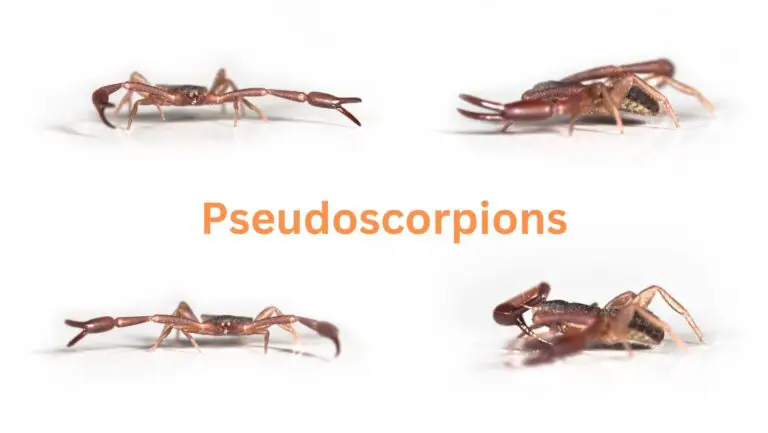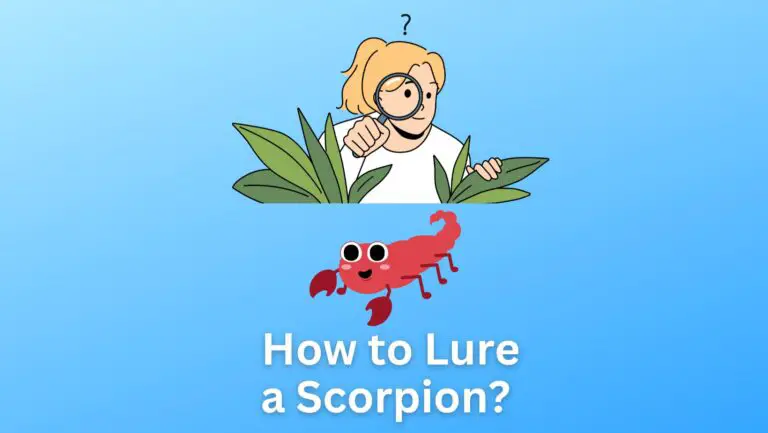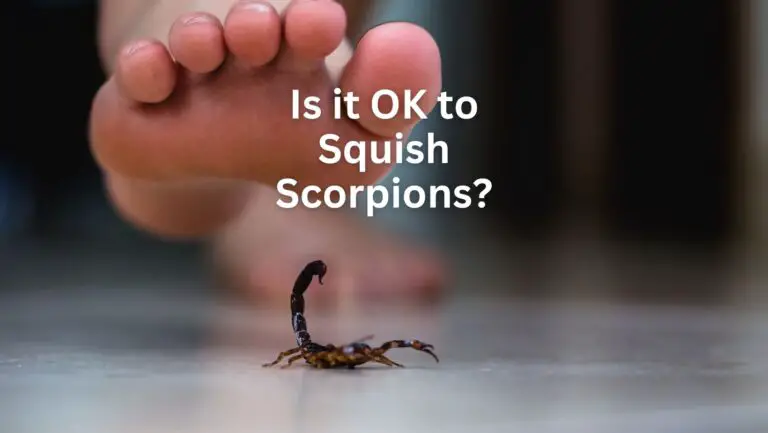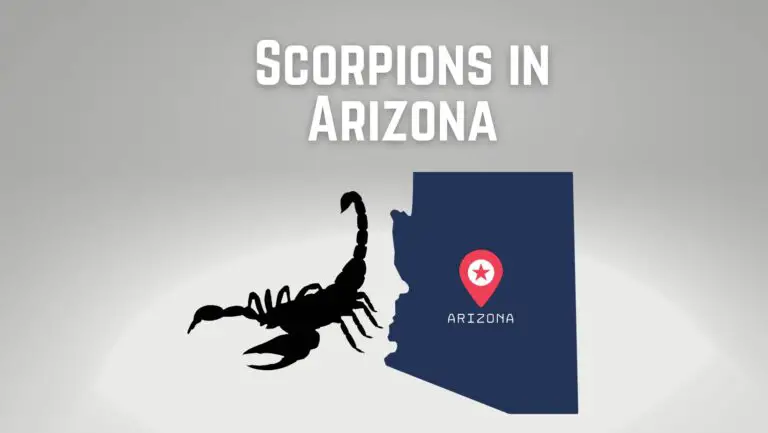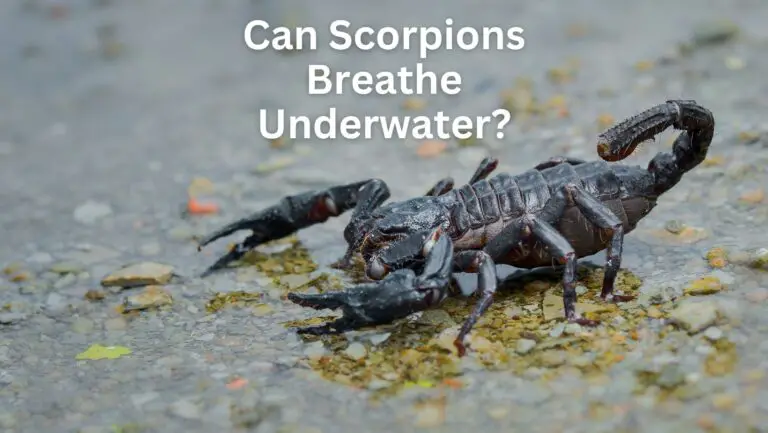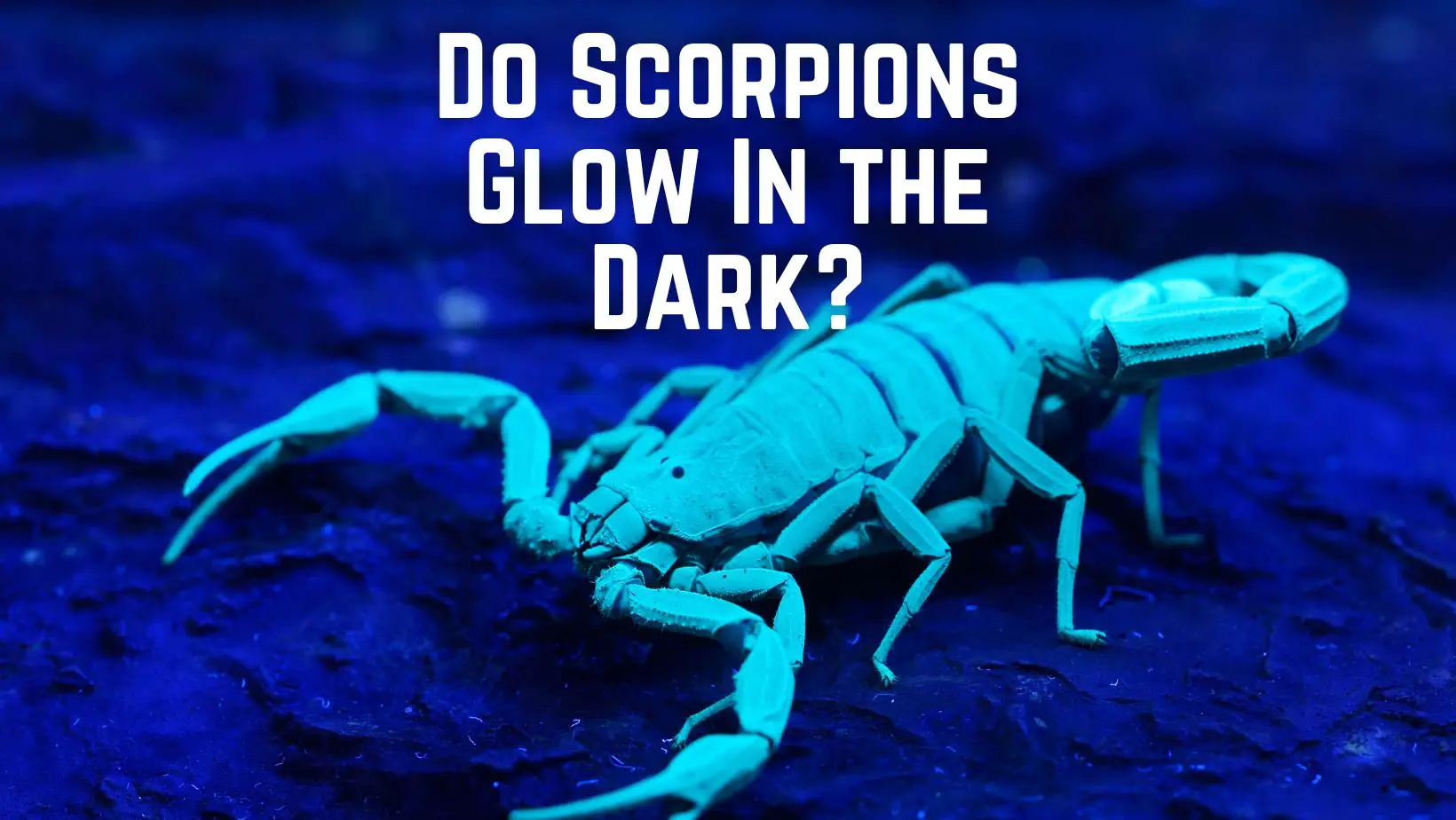
Why Do Scorpions Glow in the Dark? The exact reason why scorpions glow under UV light is still not fully understood. However, it is believed to serve purposes such as communication, mate attraction, predator deterrence, or protection against UV radiation. The fluorescence results from certain compounds in their exoskeleton that react to UV light.
Yes, some species of scorpions have the ability to glow or fluoresce under ultraviolet (UV) light. This phenomenon is known as “scorpion fluorescence” or “scorpion glow.” When exposed to UV light, typically in the range of 365 to 395 nanometers, certain compounds in the exoskeleton of scorpions emit a greenish-blue or bluish-green glow.
there are a few theories for Scorpion Glow:
- Communication and Mate Attraction: It is believed that scorpions’ fluorescence may play a role in communication and mate attraction. The fluorescent glow could potentially help scorpions locate each other in low-light conditions or assist in identifying suitable mates.
- Predator Deterrence: Another theory suggests that scorpion fluorescence might serve as a deterrent to potential predators. The bright, contrasting glow under UV light could signal to predators that scorpions are toxic or pose a threat.
- Protection Against UV Radiation: Some researchers propose that scorpion fluorescence may have evolved as a mechanism to protect the scorpion’s exoskeleton from the harmful effects of UV radiation. The fluorescence could act as a shield, absorbing or reflecting some UV light and reducing potential damage.
It’s important to note that not all species of scorpions fluoresce, and the intensity and color of the fluorescence can vary between species. Additionally, scorpion fluorescence is not visible under normal white light; it requires a UV light source to observe this phenomenon.
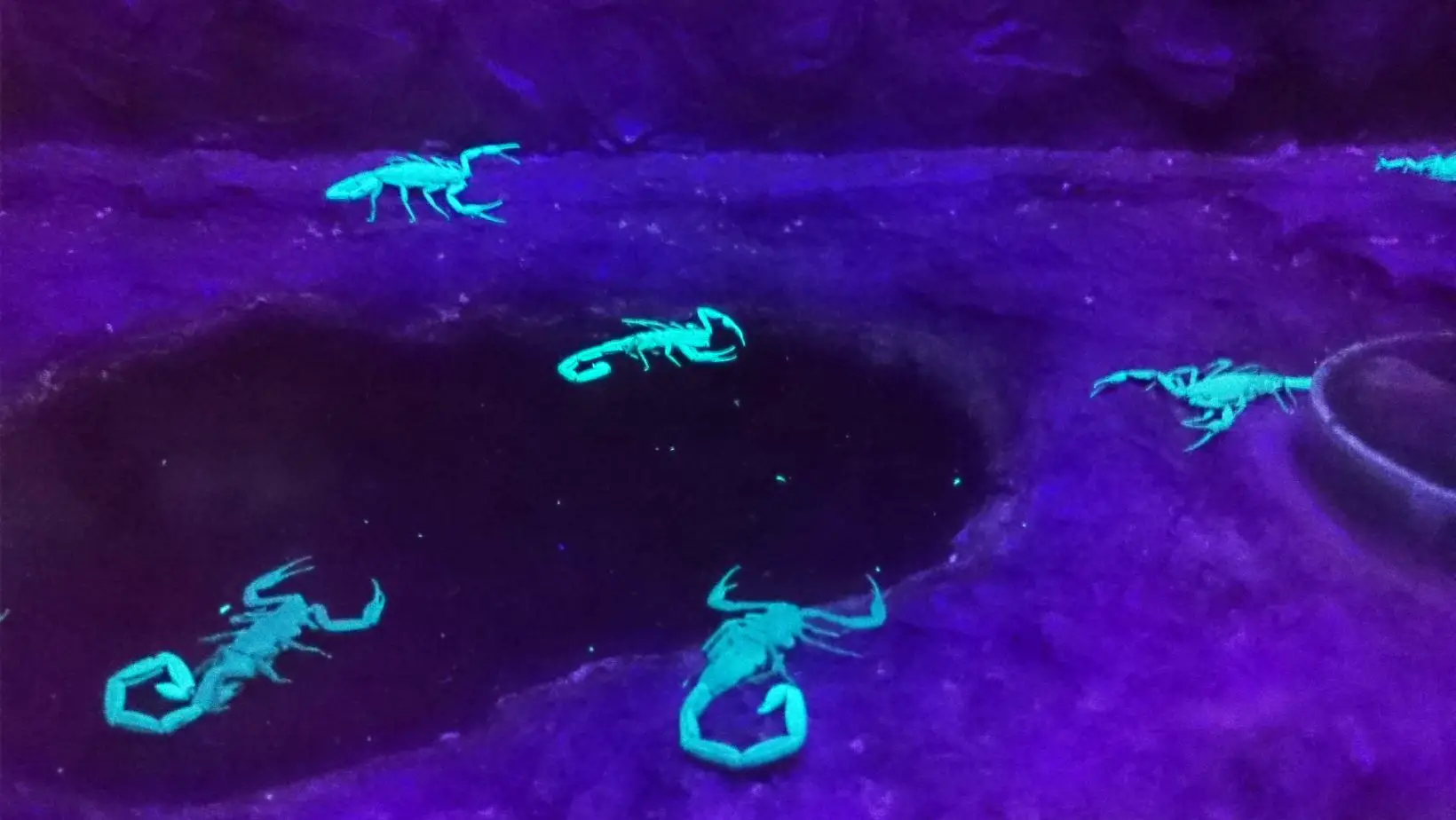
What Scorpions Glow In The Dark?
Several species of scorpions are known to exhibit biofluorescence or glow under ultraviolet (UV) light. Here are some scorpion species that have been observed to glow in the dark under UV light:
- Arizona Bark Scorpion (Centruroides sculpturatus): This is a common species found in the southwestern United States and northern Mexico. It exhibits a greenish-blue fluorescence under UV light.
- Desert Hairy Scorpion (Hadrurus arizonensis): Found in desert regions of the southwestern United States, this species displays a greenish-blue fluorescence under UV light.
- Emperor Scorpion (Pandinus imperator): Native to Africa, the emperor scorpion is one of the largest scorpion species. It exhibits a vibrant greenish-blue fluorescence under UV light.
- Stripe-Tailed Scorpion (Opistophthalmus glabrifrons): Found in various regions of Africa, this scorpion species also exhibits a greenish-blue fluorescence under UV light.
- Red Claw Scorpion (Pandinus cavimanus): Native to West Africa, the red claw scorpion exhibits a greenish-blue fluorescence similar to other species under UV light.
These are just a few examples of scorpion species known to display biofluorescence. It’s important to note that the intensity and color of the fluorescence can vary between individuals and species. Not all scorpions exhibit biofluorescence, and the degree of fluorescence can differ even within the same species.
Are Scorpions Bioluminescent Or Biofluorescent?
Scorpions are considered biofluorescent, not bioluminescent. Bioluminescence refers to the production of light by an organism through a biochemical reaction within its body. In bioluminescent organisms, light is generated through the oxidation of a pigment called luciferin, which is catalyzed by an enzyme called luciferase. This light-producing process is under the organism’s control and can be actively regulated.
On the other hand, biofluorescence is the ability of an organism to absorb ultraviolet (UV) light and re-emit it as visible light of a different color. Scorpions exhibit biofluorescence, which means that certain compounds in their exoskeletons absorb UV light and emit visible light, typically a greenish-blue or bluish-green glow. However, scorpions do not produce their own light, as in the case of bioluminescent organisms.
When exposed to UV light, such as from a UV flashlight or blacklight, scorpions’ fluorescence can be observed. The exact purpose of scorpion fluorescence is not fully understood, but it is believed to serve functions such as communication, mate attraction, predator deterrence, or protection against UV radiation.
It’s important to note that not all scorpion species exhibit fluorescence, and the intensity and color of the fluorescence can vary between species. Researchers and enthusiasts often study scorpion biofluorescence as part of their research and observation of these fascinating arachnids.
Do Scorpions Glow in the Moonlight?
No, scorpions do not glow in the moonlight. Scorpions’ ability to exhibit biofluorescence or glow under ultraviolet (UV) light is independent of moonlight. Moonlight does not emit UV light, which is necessary to trigger the fluorescence in scorpions.
The phenomenon of scorpion fluorescence can only be observed under specific conditions using a UV light source, such as a UV flashlight or blacklight. When exposed to UV light in the range of 365 to 395 nanometers, certain compounds in the exoskeleton of some scorpion species react and emit visible light, often appearing as a greenish-blue or bluish-green glow.
Moonlight consists primarily of visible light and does not contain sufficient UV light to cause scorpions to glow. Therefore, scorpions will not exhibit their biofluorescence in moonlit environments.
If you are interested in observing scorpion fluorescence, you will need to use a UV light source in a dark environment to see the glow. It’s important to handle scorpions or use UV lights with caution and follow safety guidelines to ensure both your safety and the well-being of the scorpions.
Summary
Scorpion fluorescence has intrigued scientists and enthusiasts alike, and it is often observed and studied as part of scorpion research and conservation efforts. However, it is important to exercise caution when using UV lights and handling scorpions, as some species can be venomous. If you encounter scorpions, it is advisable to do so in a safe and controlled environment or seek assistance from experts who can handle them appropriately.

